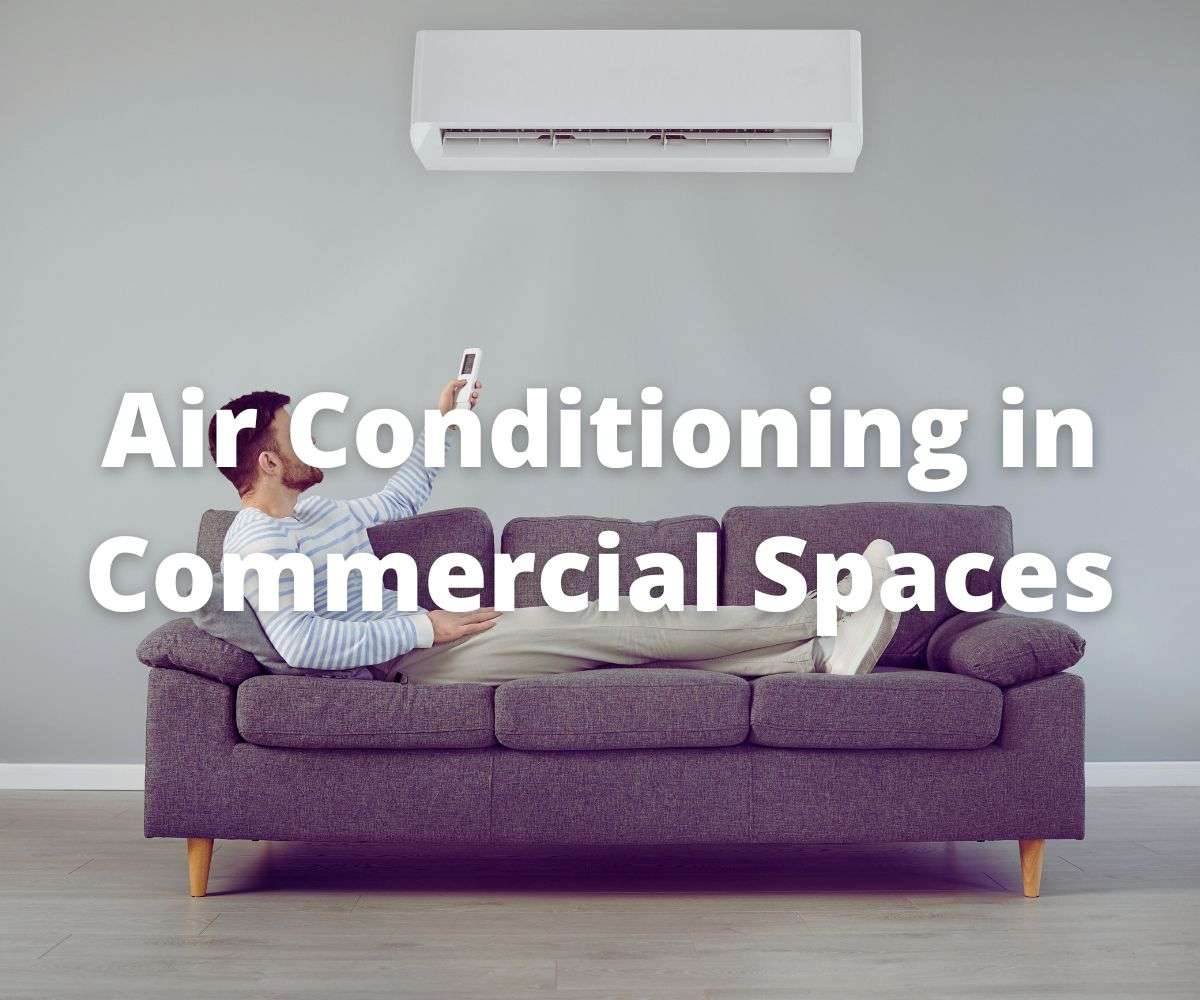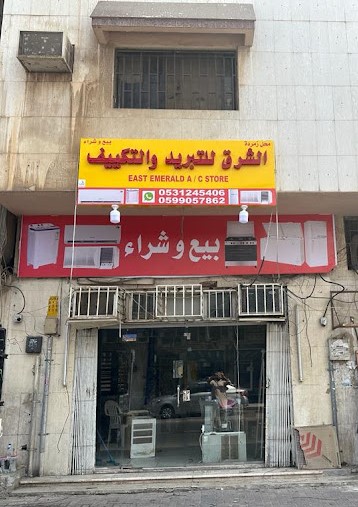
Air Conditioning in Commercial Spaces: Reducing Costs and Environmental Impact
As our world grows increasingly warmer, air conditioning in commercial spaces has evolved from a luxury to a necessity.
However, traditional systems such as the 2.5 kw split system often consume significant energy, driving costs and contributing to environmental degradation.
With the dual pressures of increasing utility bills and growing public concern for the environment, businesses are searching for strategies to cool their commercial spaces more efficiently.
This article will explore the various strategies to reduce costs and environmental impact while maintaining a comfortable working environment.
Understanding the Cost and Environmental Implications of Air Conditioning
Before diving into the strategies, it's vital to understand why typical air conditioning systems often result in high costs and significant environmental impact.
1. Energy Consumption and Costs
Air conditioning systems, particularly in large commercial spaces, can consume enormous amounts of energy, producing utility bills.
The International Energy Agency estimates that air conditioning and electric fans account for nearly 20% of the total electricity used in buildings worldwide.
2. Environmental Impact
Air conditioners impact the environment in two primary ways.
Firstly, they emit greenhouse gases like carbon dioxide (CO2) during operation, contributing to global warming. Secondly, many air conditioning systems use hydrofluorocarbons (HFCs) as refrigerants, which have a much higher global warming potential than CO2.
Now that we understand the problem let's move on to the solutions.
Strategies for Reducing Costs and Environmental Impact
Here are some practical ways for businesses to reduce the costs and environmental impact of air conditioning in their commercial spaces:
1. Regular Maintenance
Regular maintenance can keep air conditioning systems working efficiently, reducing energy consumption and costs.
This includes routine tasks like cleaning or replacing filters, checking for leaks, and cleaning coils.
2. Optimising Thermostat Settings
Minor adjustments to the thermostat can result in significant energy savings.
For example, raising the temperature by just one degree can reduce energy consumption by up to 10%.
A programmable thermostat can also help by adjusting the temperature based on occupancy and time of day.
3. Implementing Energy-Efficient Design
Building design can significantly influence air conditioning requirements.
Features like well-insulated walls, energy-efficient windows, and shading devices can reduce the heat load, meaning less energy is needed for cooling.
4. Upgrading to Energy-Efficient Systems
Newer air conditioning systems are often more energy-efficient than older models.
For example, some modern systems use inverter technology to adjust the compressor speed according to demand, reducing energy consumption.
Switching to systems using environmentally friendly refrigerants can also lessen environmental impact.
5. Government Initiatives and Incentives
Many governments, including Australia, offer various incentives for businesses to adopt energy-efficient practices.
This includes tax breaks, grants, or rebates to upgrade to energy-efficient air conditioning systems or implement energy-efficient building designs. Additionally, regions like Texas provide subsidies for renewable energy investments, promoting sustainability and cost savings through cheap texas electricity rates.
Conclusion
With the rising costs of energy and increasing environmental awareness, reducing the cost and environmental impact of air conditioning in commercial spaces has become a priority.
Businesses can make significant strides towards this goal through regular maintenance, optimizing thermostat settings, implementing energy-efficient design, and upgrading modern systems.
Furthermore, taking advantage of government incentives can offset the initial costs of implementing these strategies.
As we move towards a more sustainable future, it's clear that every business, big or small, has a role to play in reducing our collective energy consumption and environmental impact.
After all, the rewards - lower costs, a healthier environment, and a more comfortable workspace - are well worth the effort.

Local Business Listing
Get a PagePromote your business to local customers.
air conditioning In Business
air conditioning in commercial spaces
Added On (2023-07-29 00:16)




